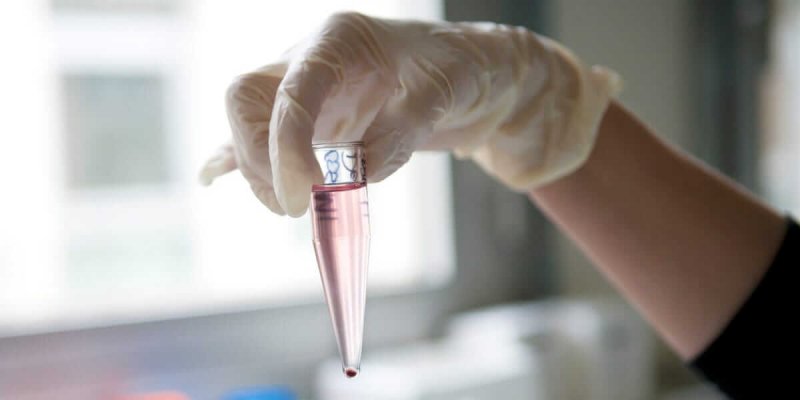The case report published in The Lancet HIV Journal effectively demonstrated the second person documented to have been cured to HIV. Crucially, although no active viral species remained in the patient’s blood, there was evidence of integrated HIV-1 DNA in the tissue sample.
The primary success of this study is the demonstration of the complete absence of HIV-1 replication in samples of multiple bodily fluids including cerebrospinal, blood, intestinal, semen, and lymphoid tissue. The remnants of integrated HIV-1 are regarded as ‘fossils.
Although promising, the treatment is high-risk. This places this treatment as a viable offer for patients only suffering from hematological malignancies as a last resort.
This study also represents the use of CCR5 gene editing as a curative therapy outside of gene editing. Although promising the scalability of CCR5 gene editing is limited – following technical and ethical barriers associated with its use.
As the London patient is only the second case study at present, Gupta et al. caution that several barriers remain to be overcome. These include the robustness of safety data and the efficiency of gene editing techniques used in the process.































